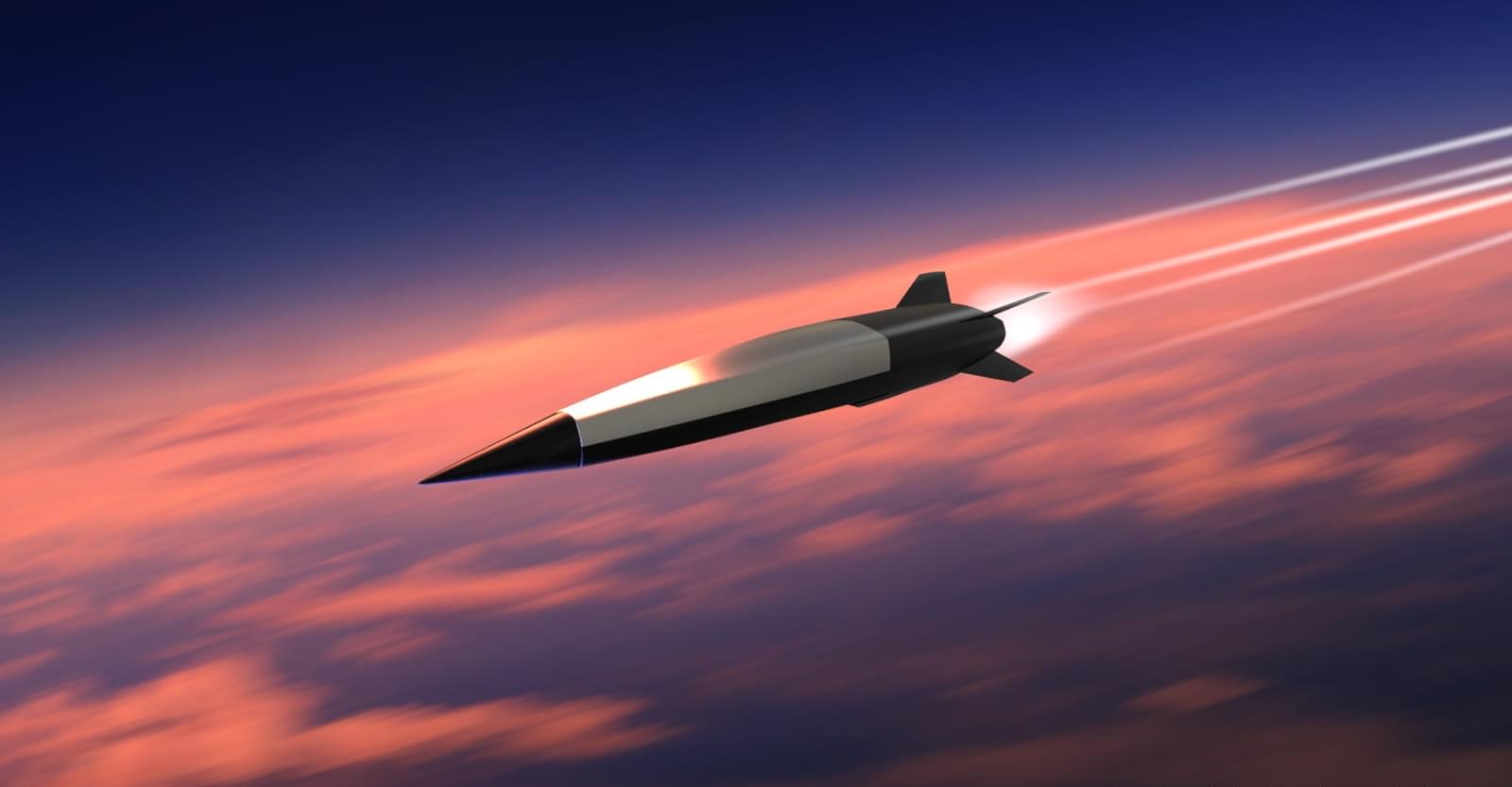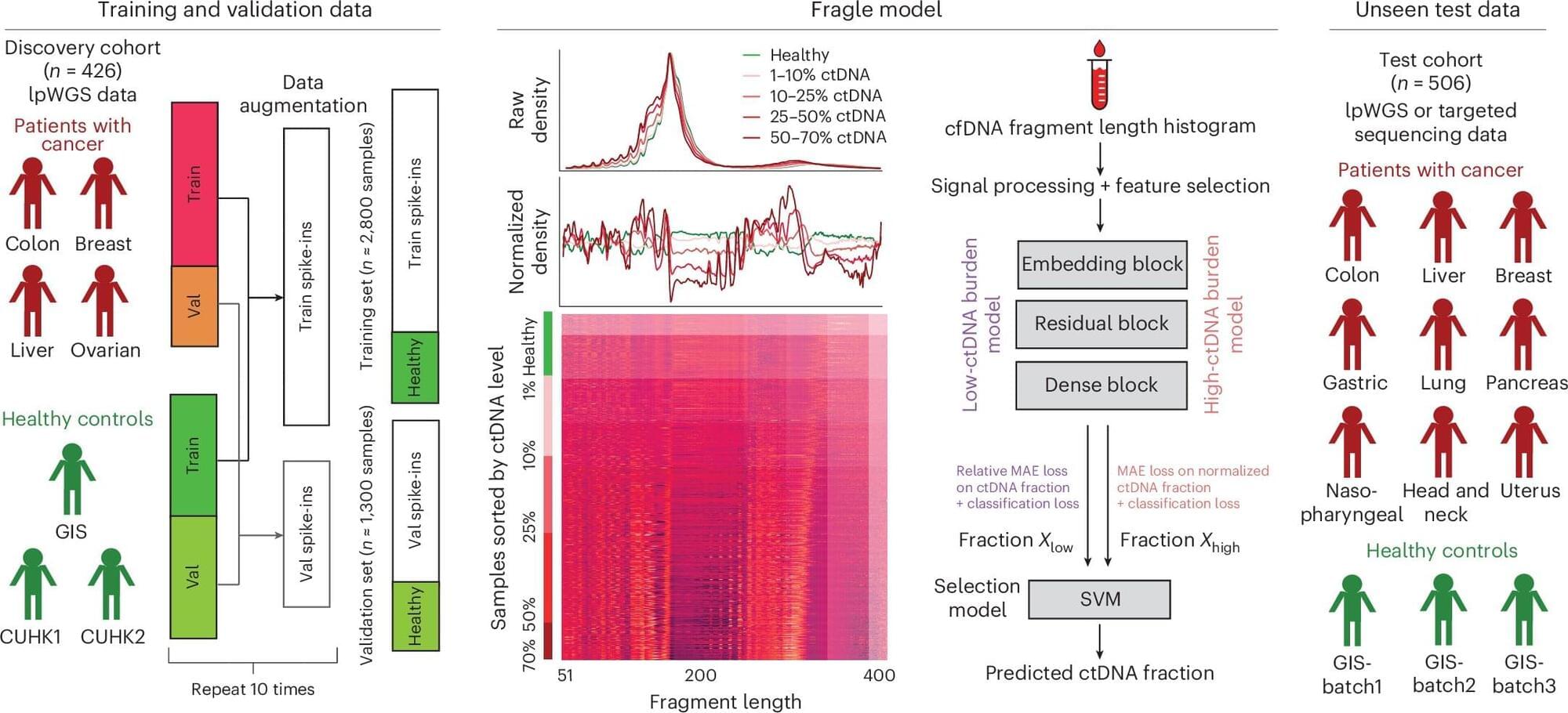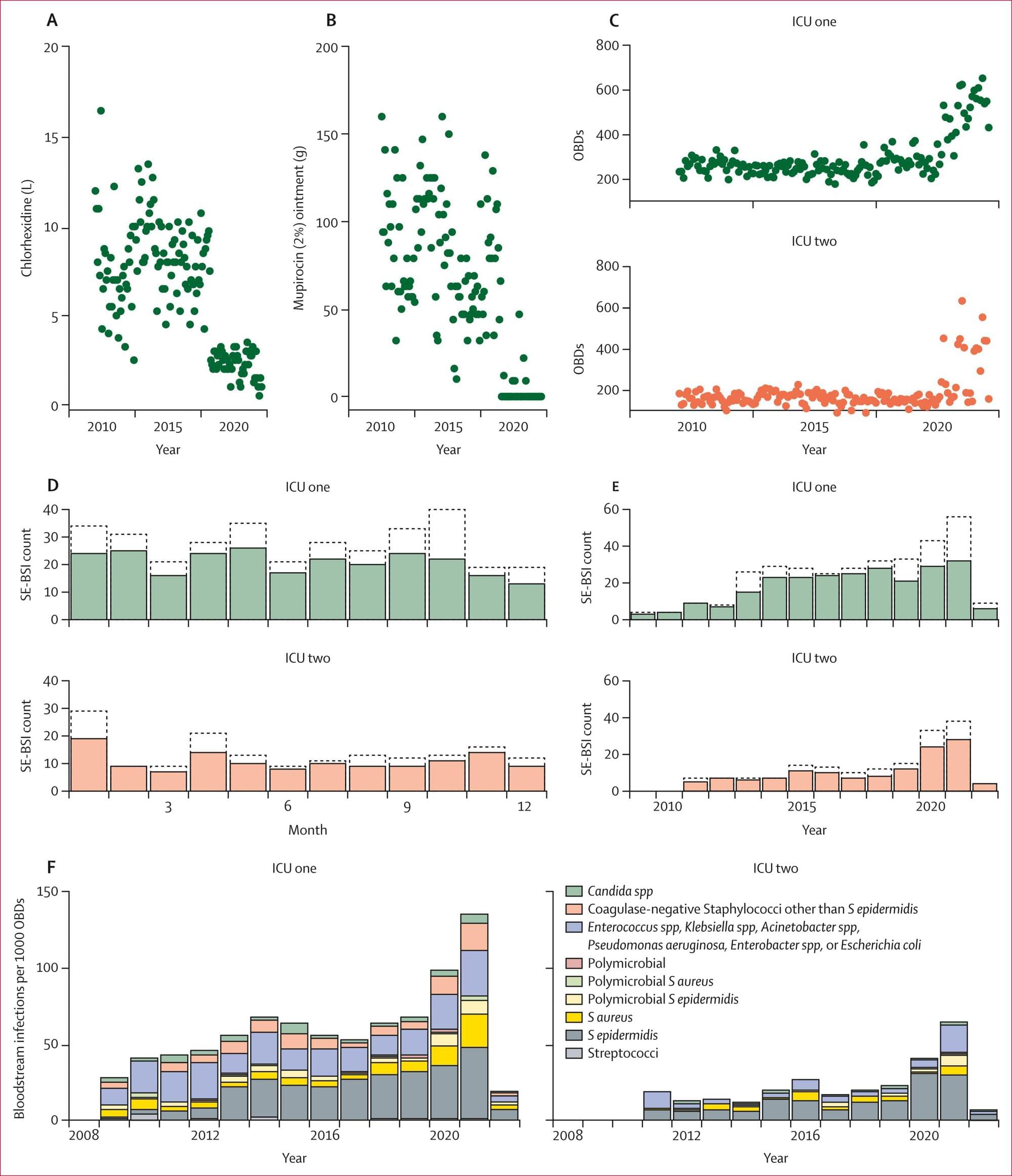As artificial intelligence and smart devices continue to evolve, machine vision is taking an increasingly pivotal role as a key enabler of modern technologies. Unfortunately, despite much progress, machine vision systems still face a major problem: Processing the enormous amounts of visual data generated every second requires substantial power, storage, and computational resources. This limitation makes it difficult to deploy visual recognition capabilities in edge devices, such as smartphones, drones, or autonomous vehicles.
Interestingly, the human visual system offers a compelling alternative model. Unlike conventional machine vision systems that have to capture and process every detail, our eyes and brain selectively filter information, allowing for higher efficiency in visual processing while consuming minimal power.
Neuromorphic computing, which mimics the structure and function of biological neural systems, has thus emerged as a promising approach to overcome existing hurdles in computer vision. However, two major challenges have persisted. The first is achieving color recognition comparable to human vision, whereas the second is eliminating the need for external power sources to minimize energy consumption.








